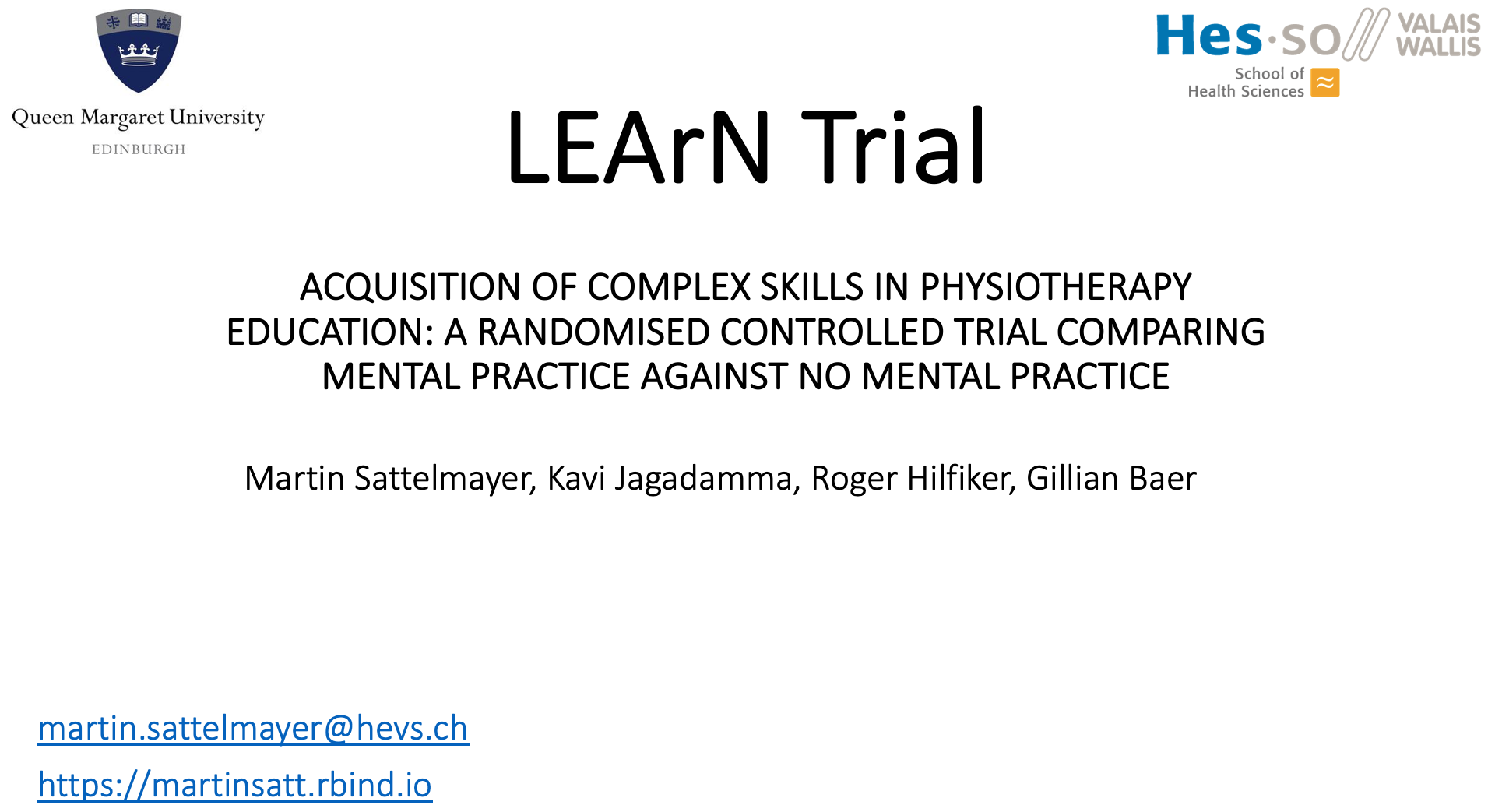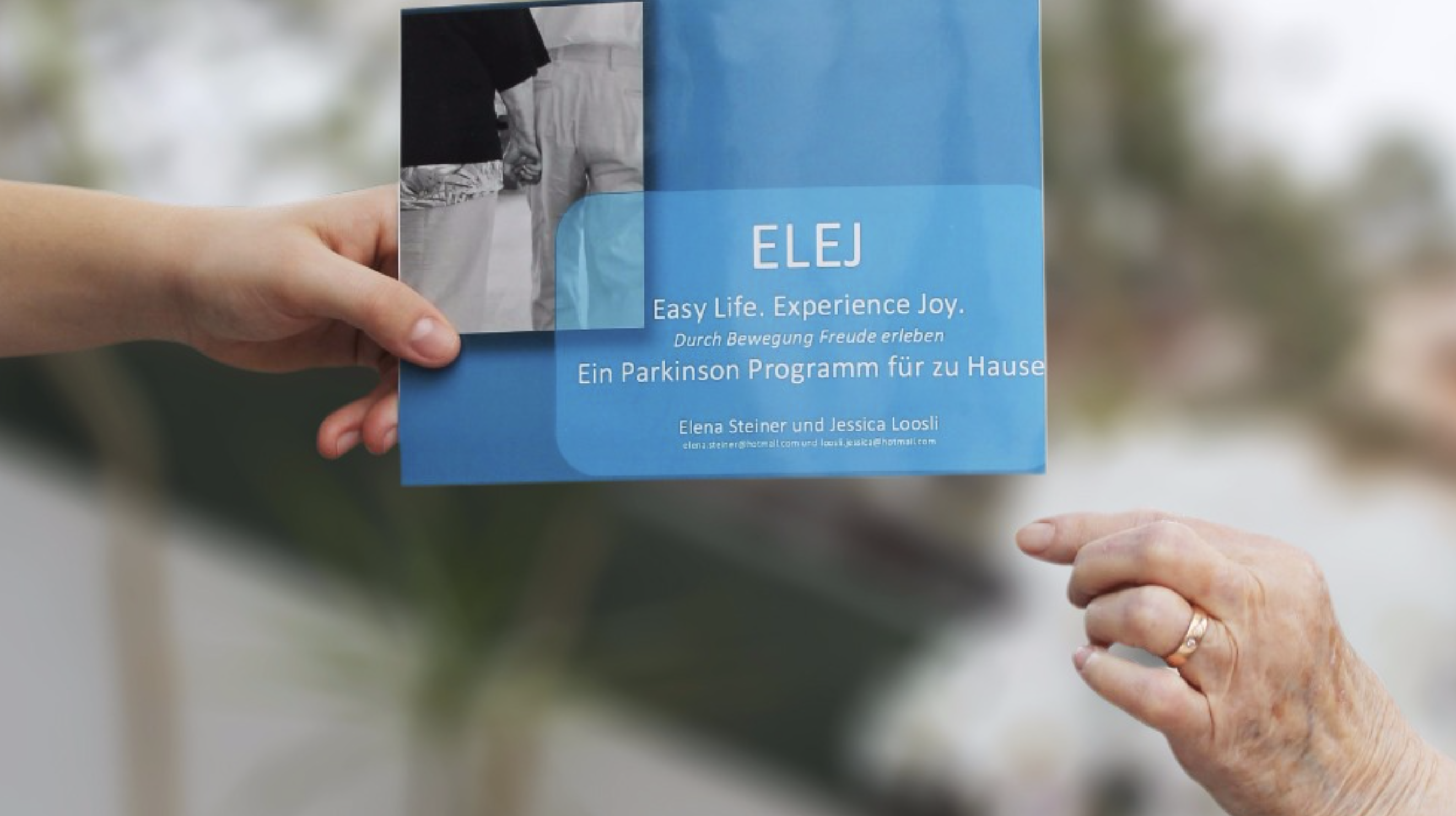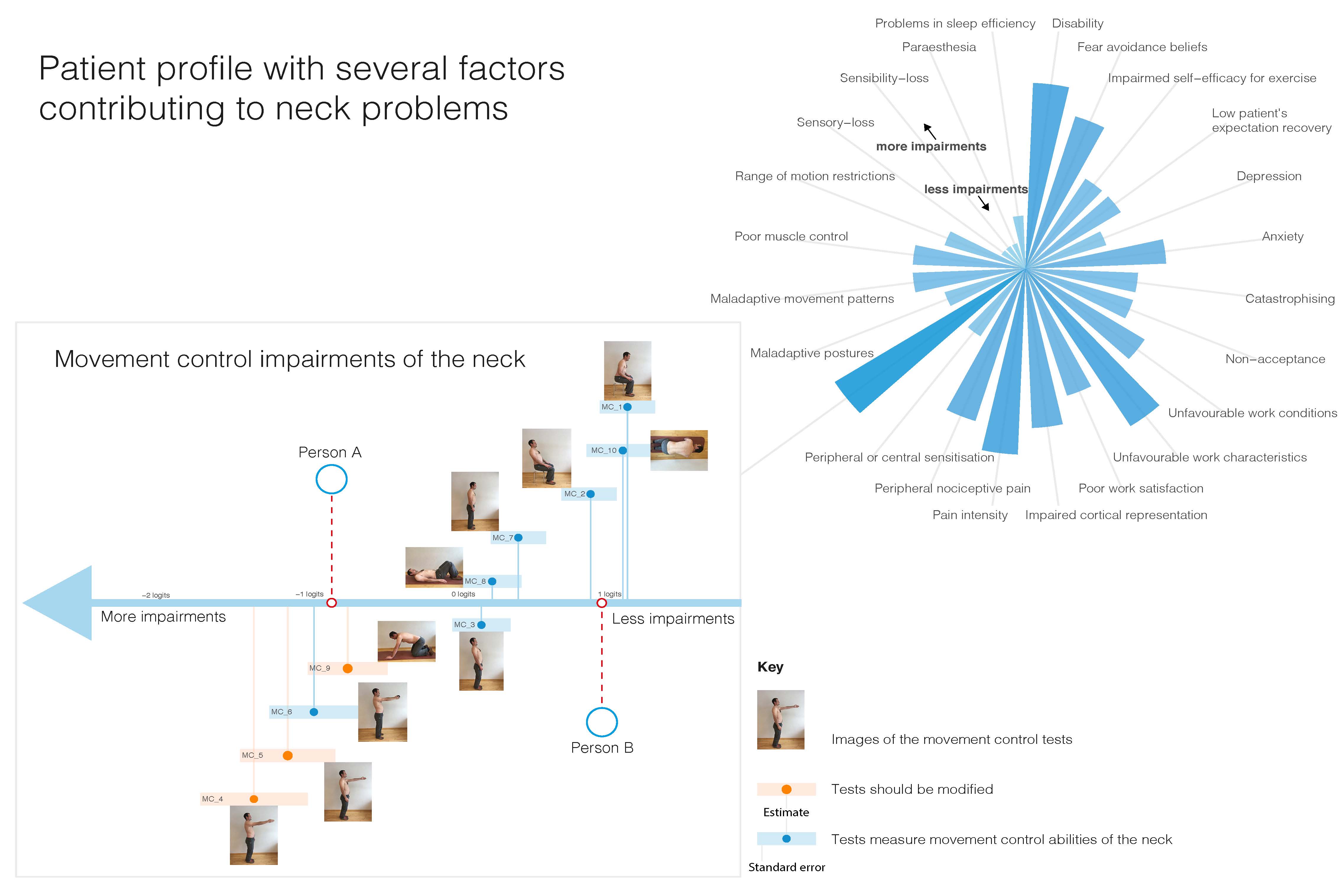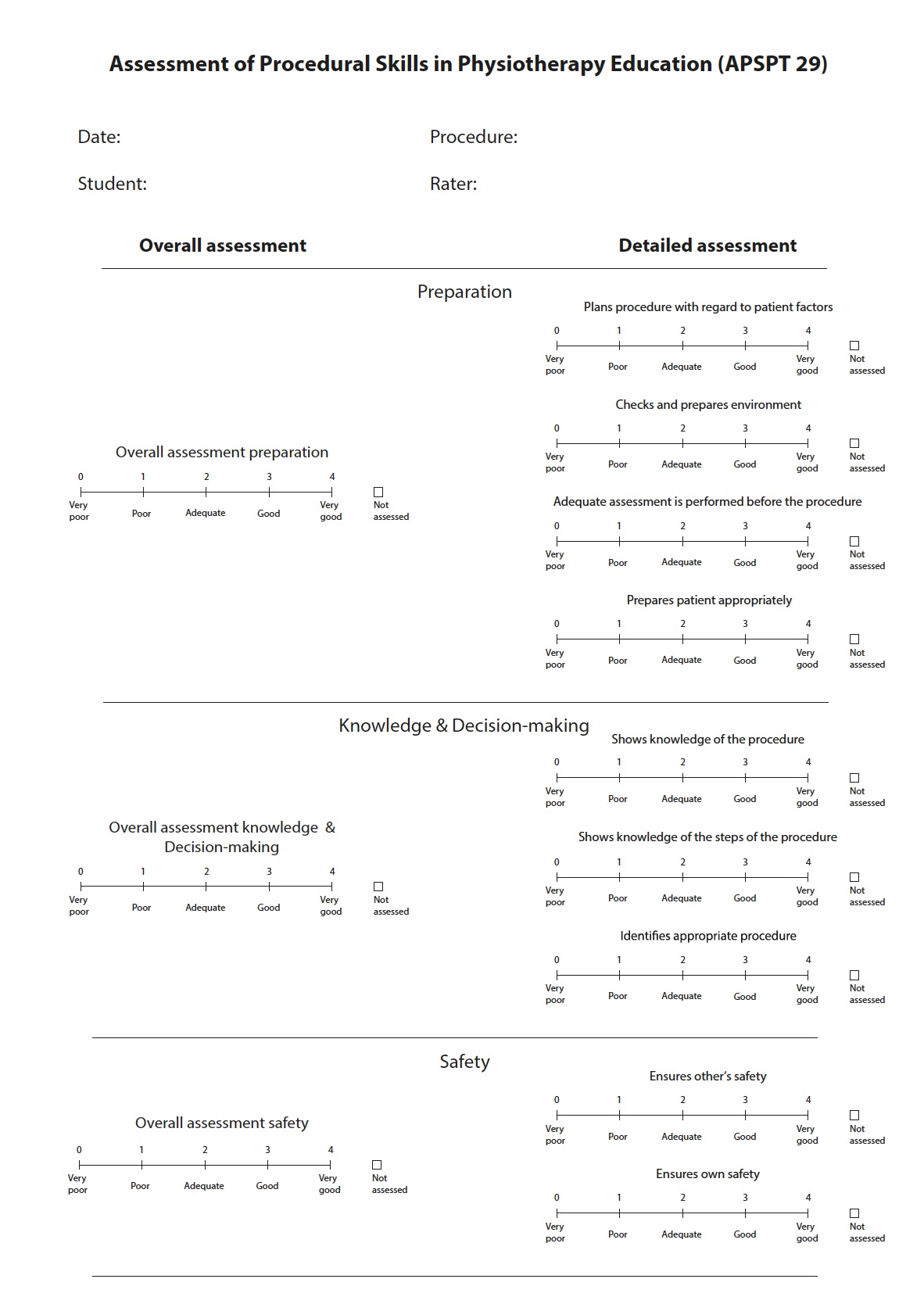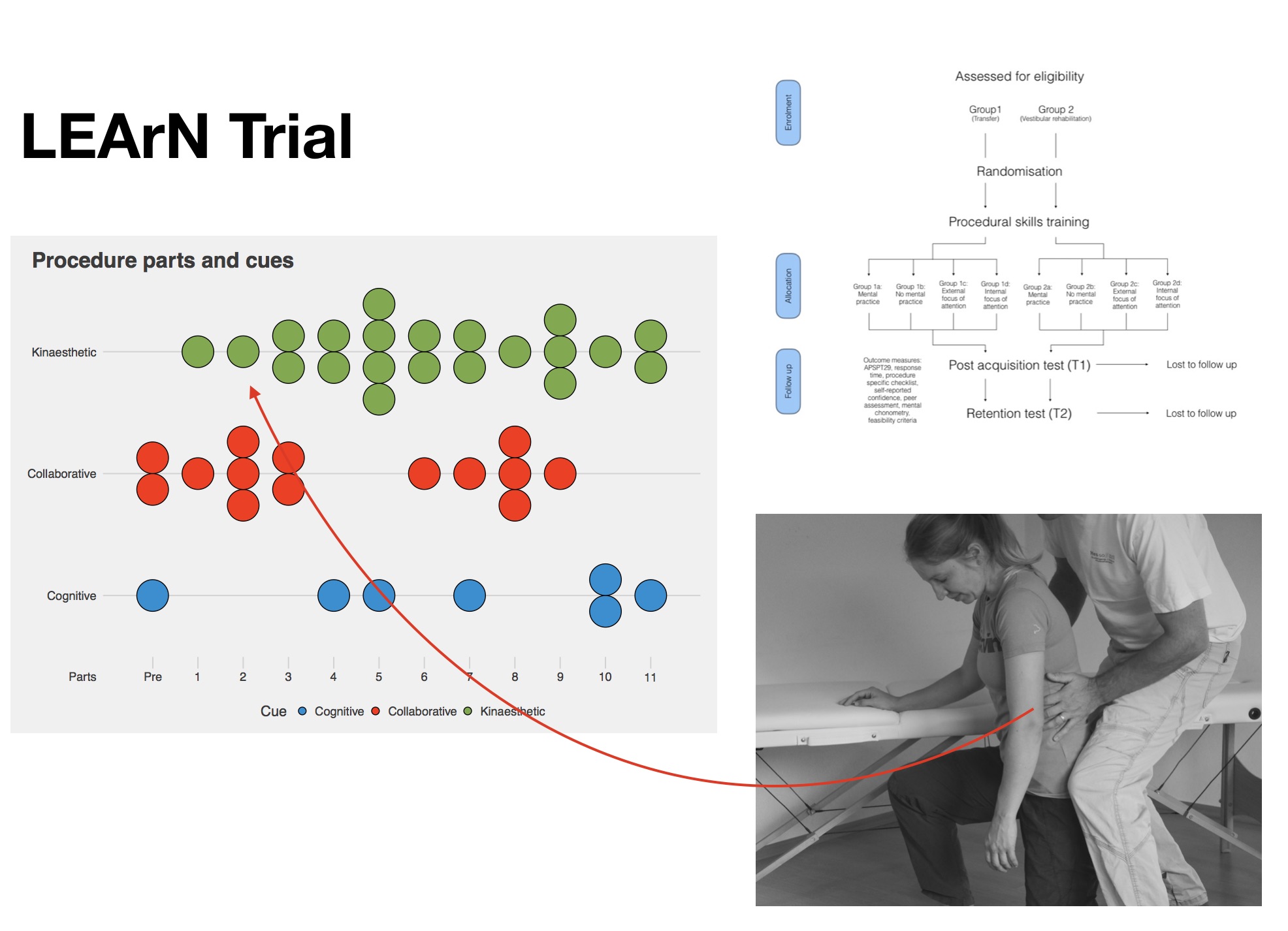
Background: People with multiple sclerosis (PwMS) frequently have impaired balance from an early stage of the disease. Balance difficulties can be divided into categories; although, to date, these lack scientific foundation. Impaired balance in PwMS can be addressed using specific and challenging exercises. Such exercises should provide an optimal challenge point; however, the difficulty of balance exercises is often unknown, making it difficult to target the exercises to an individual’s abilities. The aims of this study were: to develop an exercise programme for PwMS relating the exercises to the balance problem categories; to establish the order of difficulty of exercises in each category and; to evaluate the content and structural validity of the exercise programme. Methods: A “construct map” approach was used to design and develop an exercise programme for PwMS. Potentially relevant balance exercises were identified, then a framework was set up, comprising four dimensions (subsequently reduced to three dimensions) of balance exercises. The relevance, comprehensibility, and comprehensiveness of the exercise programme were rated by 13 physiotherapists, who also linked 19 key exercises to balance categories. A total of 65 PwMS performed the 19 balance exercises, rated their difficulty and commented on the relevance and comprehensibility of each exercise. A Rasch model was used to evaluate the relative difficulty of the exercises. To assess fit of the data to the Rasch model a rating scale model was used, which is a unidimensional latent trait model for polytomous item responses. Results: Evaluation by the physiotherapists and PwMS indicated that the content validity of the exercise programme was adequate. Rasch analysis showed that the latent trait “balance exercises in PwMS” comprised three subdimensions (“stable BOS”, “sway” and “step and walk”). The 19 balance exercises showed adequate fit to the respective dimensions. The difficulties of the balance exercises were adequate to cover the ability spectrum of the PwMS. Conclusion: A balance exercise programme for PwMS comprising three dimensions of balance exercises was developed. Difficulty estimates have been established for each of the exercises, which can be used for targeted balance training. Content and structural validity of the programme was adequate.
Sattelmayer, K. M., Chevalley, O., Kool, J., Wiskerke, E., Nilsson Denkinger, L., Giacomino, K., Opsommer, E., Hilfiker, R.
In Archives of Physiotherapy.,
2021
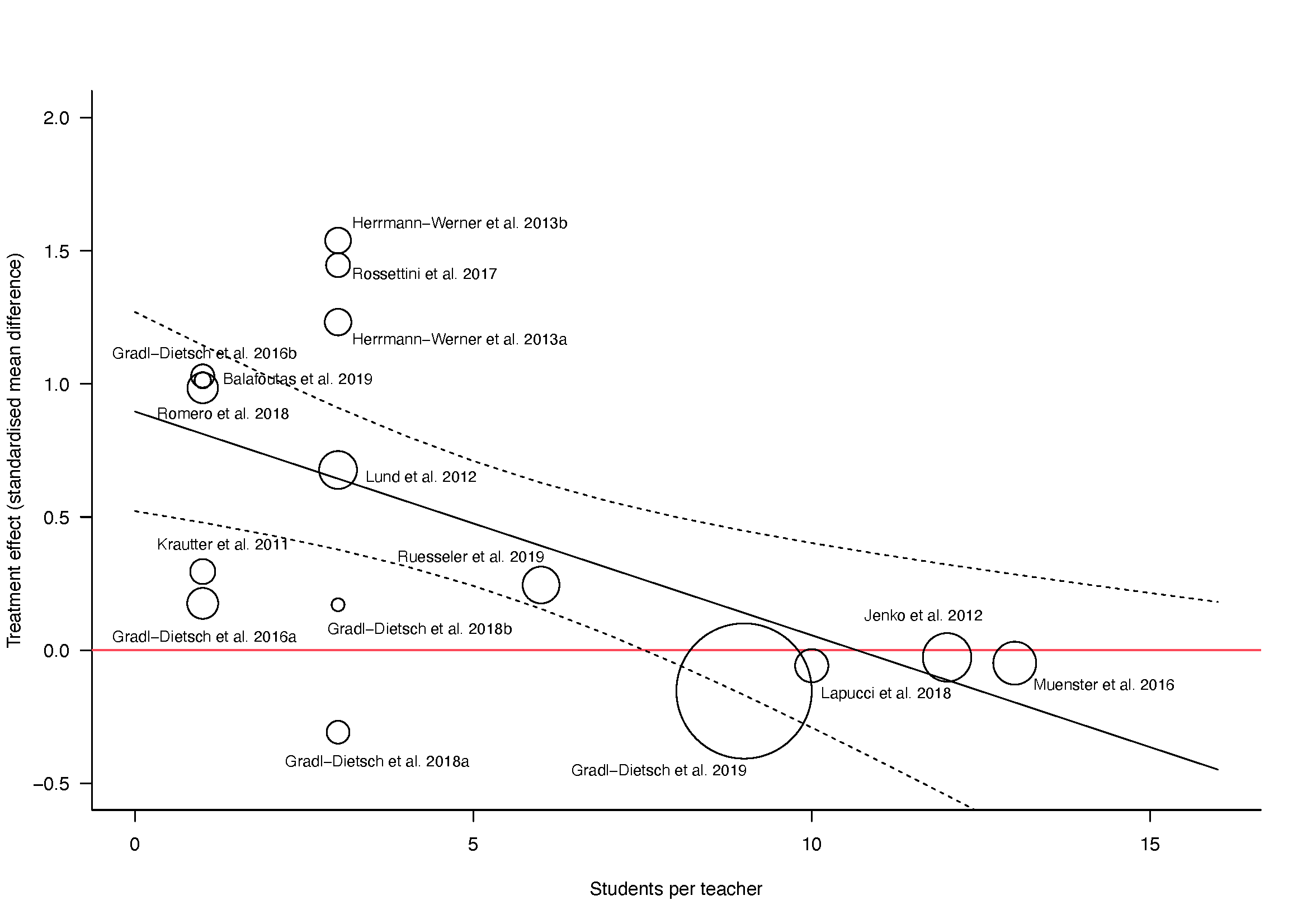
Background: Acquisition of procedures is an important element in health professions education. Traditionally procedures are taught using a “see one - do one” approach. That is a teacher demonstrates and describes a procedure and afterwards the students practice the procedure. A more recent teaching approach for the acquisition of procedural skills was presented by Walker and Peyton. Peyton’s teaching approach is a stepwise teaching approach and consists of the following four steps: demonstration, deconstruction, comprehension and performance. The aims of this study were (i) to systematically evaluate the effectiveness of Peyton’s 4–step teaching approach on the acquisition of procedural skills in health professions education and (ii) to evaluate whether studies with fewer students per teacher showed a larger between group difference than studies with more students per teacher. Methods: We searched in Medline, PsycInfo, Embase and ERIC for eligible studies. Records were screened by two independent reviewers. A random effects meta-analysis was performed to evaluate skill acquisition and time needed to perform the procedures at post-acquisition and retention tests. A meta-regression was used to explore the effect of the number of students per teacher on the estimated effect of the educational interventions. Results: An effect size of 0.45 SMD (95% CI [0.15; 0.75]) at post-acquisition and 0.7 SMD (95% CI [−0.09; 1.49]) at retention testing were in favour of Peyton’s teaching approach for skill acquisition. The groups using Peyton’s teaching approach needed considerably less time to perform the procedure at post-acquisition (SMD: −0.8; 95% [CI −2.13 to 1.62]) and retention (SMD: −2.65; 95% CI [−7.77 to 2.47]) testing. The effectiveness of Peyton’s teaching approach was less clear in subgroup analyses using peer teachers. Meta-regression showed that the number of students per teacher was an important moderator variable.Conclusion: Peyton’s teaching approach is an effective teaching approach for skill acquisition of procedural skills in health professions education. When peer students or student tutors are used as teachers the effectiveness of Peyton’s teaching approach is less clear. Peyton’s teaching approach is more effective when small groups with few students per teacher are used.
Giacomino, K., Caliesch, R., Sattelmayer, K.M.
In PeerJ.,
2020


